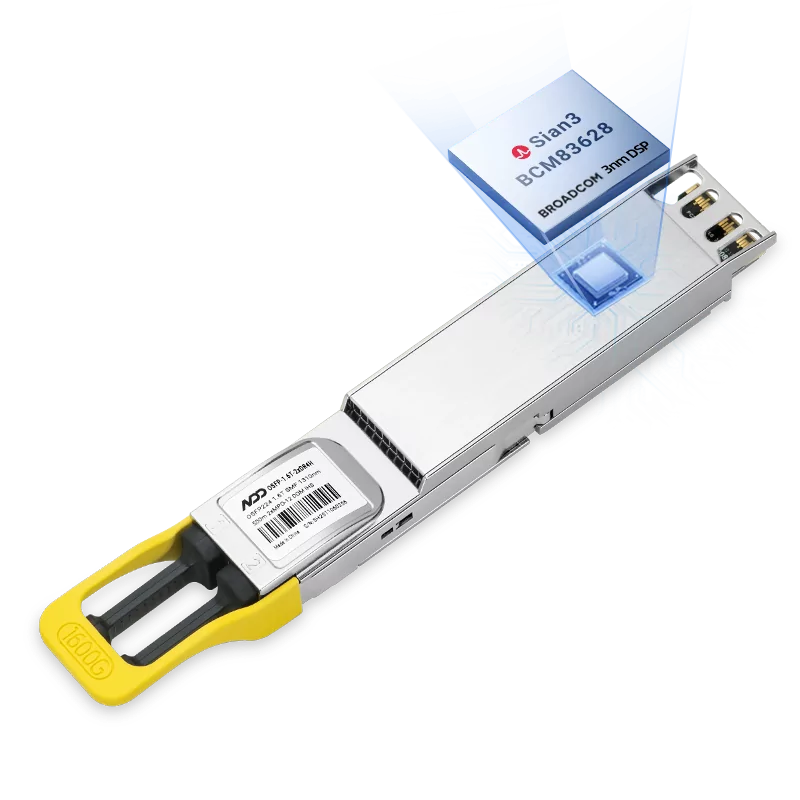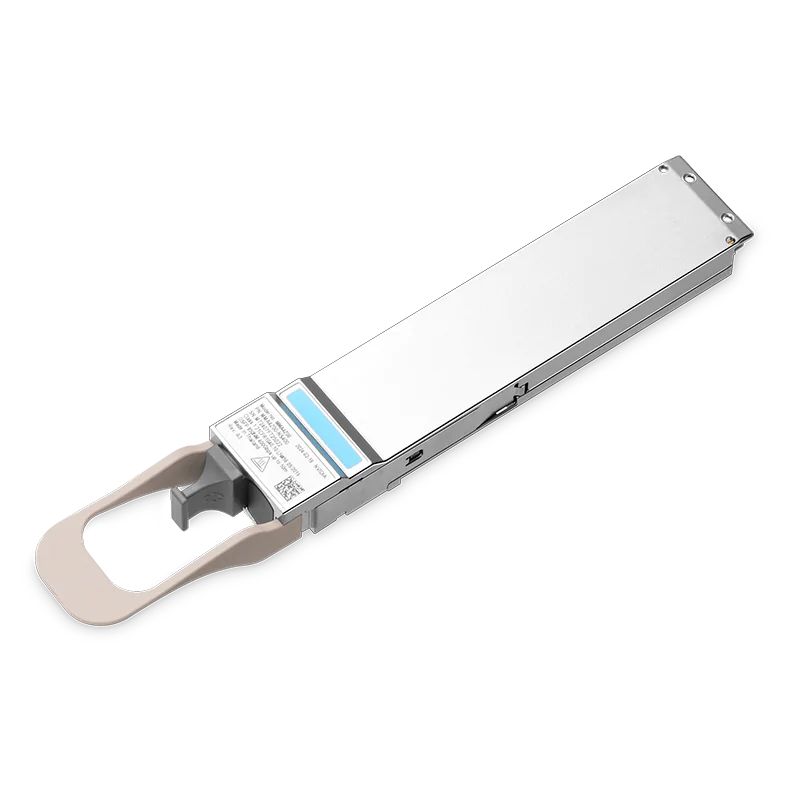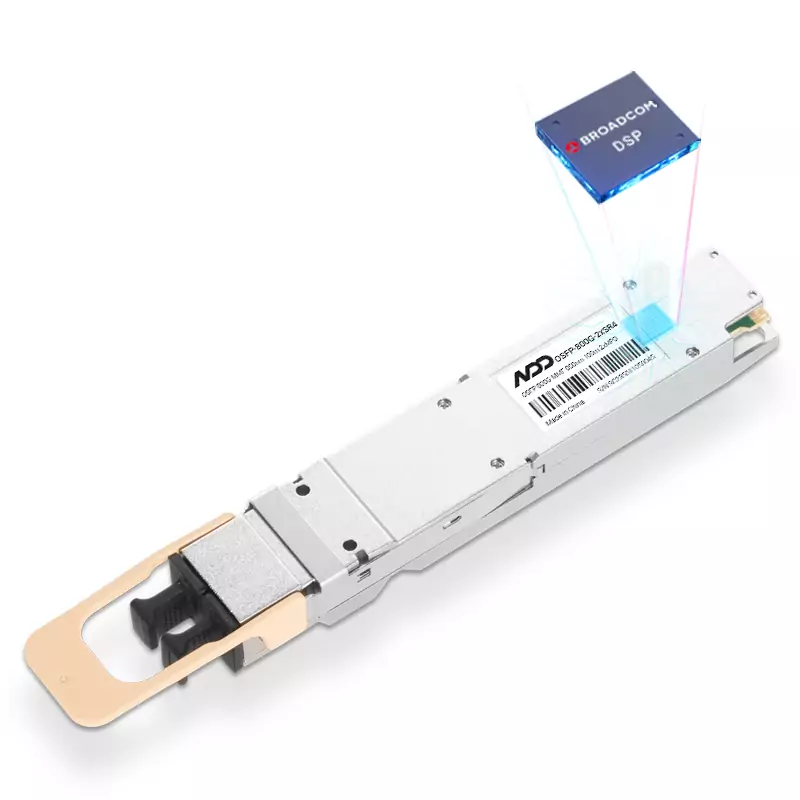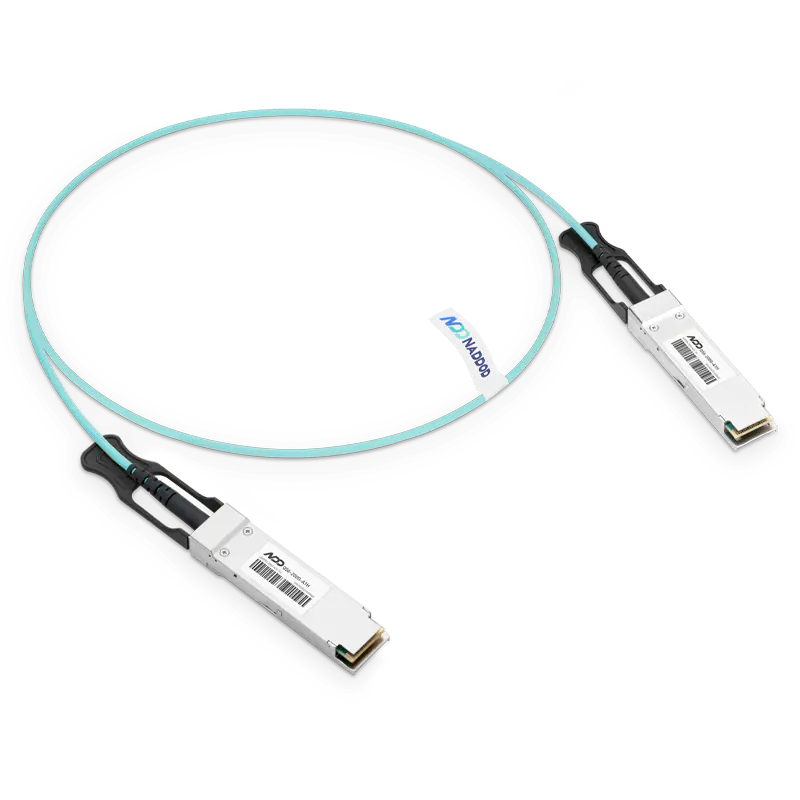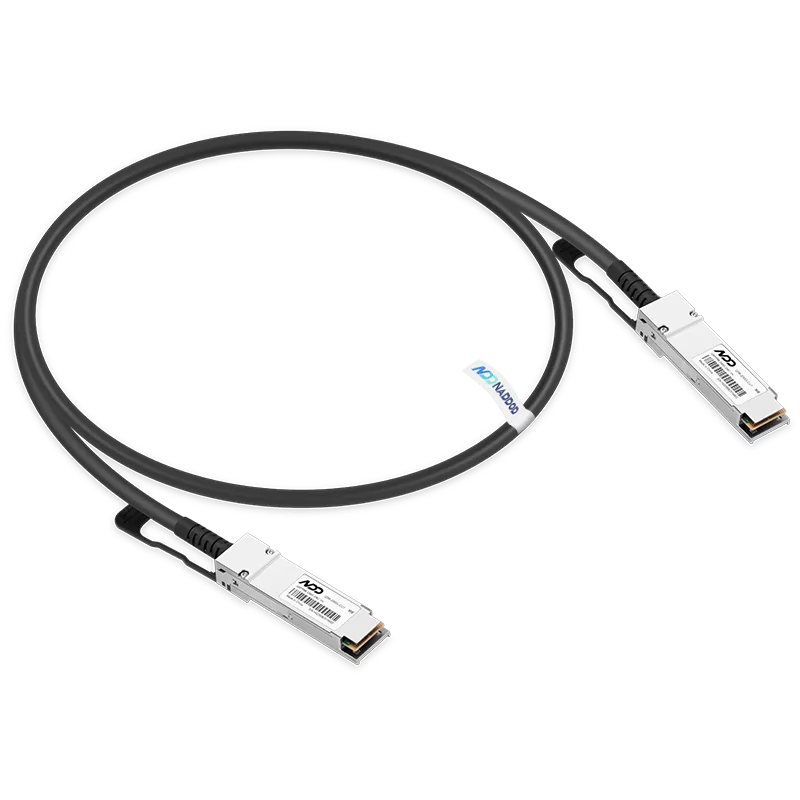Find the best fit for your network needs

share:
 800GBASE-2xSR4 OSFP PAM4 850nm 50m MMF Module
800GBASE-2xSR4 OSFP PAM4 850nm 50m MMF ModuleLearn More
Popular
- 1OFC 2024: Explore Cutting-edge 800G/400G Optical Modules at NADDOD Booth#1423
- 2Comparing DAC/AOC Cables vs. DSP/LPO Optical Modules for Data Center Network Interconnects
- 3Key Technologies of NVIDIA Network Solutions
- 4The Key Role of High-quality Optical Transceivers in AI Networks
- 5Common Problems While Using Optical Transceivers in AI Clusters




